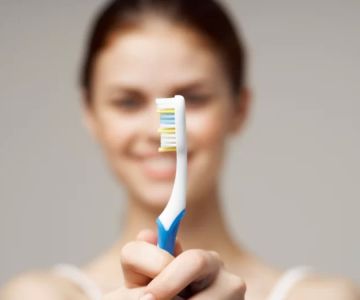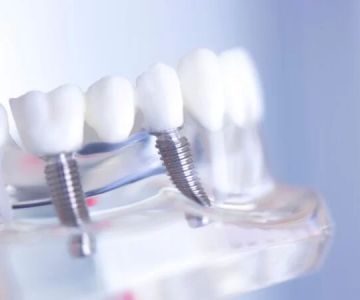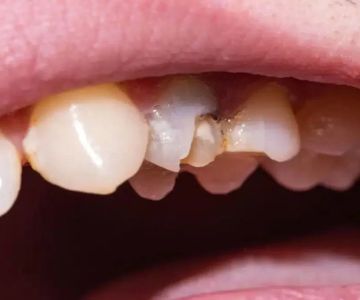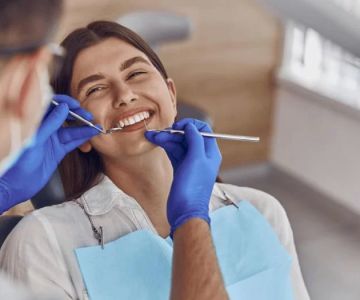- 1-Importance-of-Cleaning-Braces-to-Prevent-Gum-Problems
- 2-Understanding-the-Risks-of-Poor-Oral-Hygiene-with-Braces
- 3-Daily-Braces-Cleaning-Techniques
- 4-Tools-to-Help-Clean-Braces-Effectively
- 5-Common-Mistakes-When-Cleaning-Braces-and-How-to-Avoid-Them
- 6-Real-Life-Experience-of-Maintaining-Gum-Health-with-Braces
- 7-Professional-Advice-and-When-to-See-Your-Orthodontist
1. Importance of Cleaning Braces to Prevent Gum Problems
Maintaining excellent oral hygiene is critical when you have braces. Braces create many tiny crevices where food particles and plaque can accumulate, increasing the risk of gum problems such as gingivitis and periodontal disease. Knowing how to clean braces to avoid gum problems is essential to protect your gums and teeth throughout orthodontic treatment.
Proper cleaning helps prevent inflammation, bleeding gums, and bad breath, contributing to a healthier mouth and a more successful braces experience.
2. Understanding the Risks of Poor Oral Hygiene with Braces
Neglecting braces cleaning can lead to plaque buildup, which harbors bacteria that irritate and infect the gums. This can result in redness, swelling, and discomfort. Over time, untreated gum problems can cause receding gums and even tooth loss.
Patients with braces need to be extra vigilant because the brackets and wires make cleaning more challenging, increasing susceptibility to gum disease if care is insufficient.
3. Daily Braces Cleaning Techniques
Effective daily cleaning involves multiple steps. Begin by brushing your teeth after every meal using a soft-bristle toothbrush angled at 45 degrees to the gumline and around the brackets. Use gentle, circular motions to remove plaque.
Flossing is equally important; use a floss threader or orthodontic floss picks to clean between teeth and under the wires. Rinsing with an antimicrobial mouthwash can further reduce bacteria and soothe gums.
4. Tools to Help Clean Braces Effectively
Specialized tools make braces cleaning easier and more thorough. Interdental brushes are small, flexible brushes designed to clean between brackets and wires. Water flossers provide a gentle stream of water that dislodges debris and plaque around braces.
Orthodontic toothbrushes with V-shaped bristles and electric toothbrushes with orthodontic heads also improve cleaning efficiency, especially for those with limited manual dexterity.
5. Common Mistakes When Cleaning Braces and How to Avoid Them
Many people make the mistake of brushing too quickly or missing areas around brackets. Rushing flossing or skipping it altogether is another common error. Using hard or worn toothbrushes can damage braces or irritate gums.
To avoid these mistakes, establish a consistent routine, dedicate adequate time for cleaning, and replace your toothbrush every three months or sooner if bristles are frayed.
6. Real-Life Experience of Maintaining Gum Health with Braces
Emily, a teenager with braces, shares how diligently following her orthodontist’s cleaning instructions helped her avoid gum problems. She used a water flosser daily and was careful to brush after meals despite her busy schedule. Her regular care prevented inflammation and made her braces journey more comfortable and successful.
Her story emphasizes that consistent effort pays off in healthy gums and teeth during orthodontic treatment.
7. Professional Advice and When to See Your Orthodontist
Regular check-ups with your orthodontist are vital to monitor gum health and braces condition. If you notice persistent redness, swelling, bleeding, or pain, seek professional advice promptly. Your orthodontist can provide cleanings, adjustments, or recommend specialized treatments.
For expert guidance and quality oral care products to help you master how to clean braces to avoid gum problems, visit Dentistry Toothtruth to find the best solutions tailored to your needs.







 Westgate Dental Arts
Westgate Dental Arts Coventry Family Dental
Coventry Family Dental Familia Dental
Familia Dental Dr. Daniel S. Fife, DDS
Dr. Daniel S. Fife, DDS Dentistry At Suburban Square: Michael I. Wollock, DMD
Dentistry At Suburban Square: Michael I. Wollock, DMD Comfort Care Dental
Comfort Care Dental The Importance of Oral Health Education During Pregnancy for a Healthy Pregnancy
The Importance of Oral Health Education During Pregnancy for a Healthy Pregnancy Why Skipping Dental Checkups Can Lead to Bigger Oral Health Problems
Why Skipping Dental Checkups Can Lead to Bigger Oral Health Problems Best Tips for Brushing Your Teeth Properly for Healthy Gums: Essential Techniques for Oral Health
Best Tips for Brushing Your Teeth Properly for Healthy Gums: Essential Techniques for Oral Health Advantages of Porcelain Dental Restorations
Advantages of Porcelain Dental Restorations How Can Diabetes Cause Tooth and Gum Problems? Preventing and Managing Oral Health Issues
How Can Diabetes Cause Tooth and Gum Problems? Preventing and Managing Oral Health Issues Healthy Habits for Promoting Good Oral Health and Hygiene: Tips for a Healthy Smile
Healthy Habits for Promoting Good Oral Health and Hygiene: Tips for a Healthy Smile